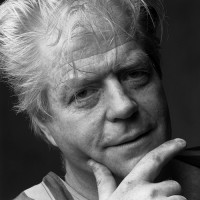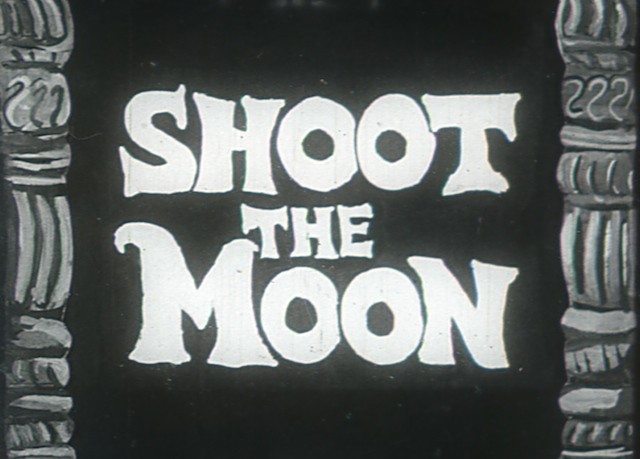
Films
- Read More
 Experimental
ExperimentalShoot The Moon
Red Grooms16mm, black and white, sound, 24 minRental formats: 16mm, DVD NTSC - Read More
 AnimationExperimental
AnimationExperimentalFat Feet
Red Grooms16mm, color and b/w, sound, 19 minRental format: 16mm - Read More
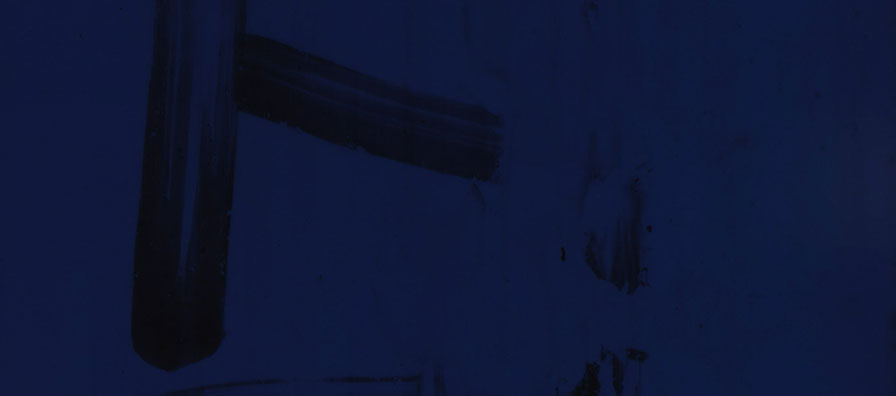 Experimental
ExperimentalRuckus Shorts
Red Grooms16mm, color, sound, 4.5 minRental format: 16mm - Read More

Tappy Toes
Red Grooms16mm, color, sound, 19 minRental format: 16mm - Read More
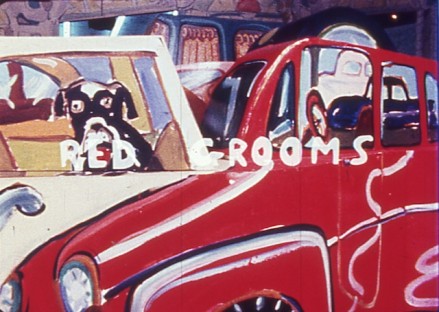 Experimental
ExperimentalRed Grooms' Target Discount Store
Red Grooms16mm, color, sound, 21 minRental format: 16mm - Read More
 AnimationExperimental
AnimationExperimentalThe Conquest of Lybia by Italia—1912-1913
Red Grooms16mm, black and white, sound, 4.25 minRental format: 16mm - Read More
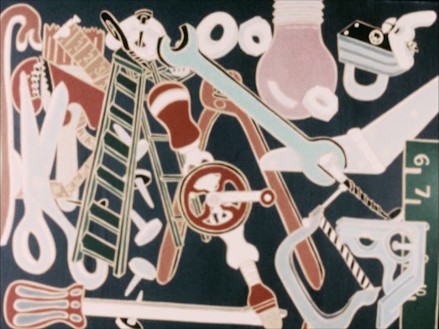 Experimental
ExperimentalHippodrome Hardware
Red Grooms16mm, color, sound, 42.5 minRental format: 16mm - Read More
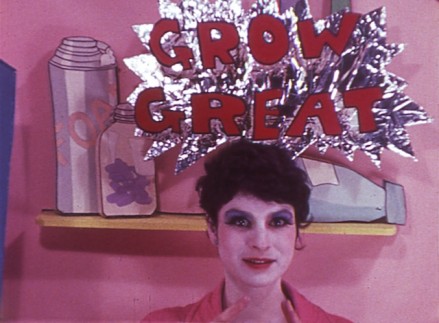 Experimental
ExperimentalGrow Great
Red Grooms16mm, color, sound, 1.5 minRental format: 16mm - Read More
 Experimental
ExperimentalRuckus Manhattan
Red Grooms16mm, color, sound, 61 minRental format: 16mm
Biography
Grooms was born in Nashville, Tennessee during the middle of the Great Depression. He studied at the Art Institute of Chicago, then at Nashville's Peabody College. In 1956, Grooms moved to New York City, to enroll at the New School for Social Research. A year later, Grooms attended a summer session at the Hans Hofmann School of Fine Arts in Provincetown, Massachusetts. There he met experimental animation pioneer Yvonne Andersen, with whom he collaborated on several short films.
Red Grooms belongs to a generation of artists who, in G. R. Swenson's words, "took the world too seriously not to be amused by it." As Judith Stein notes, "At times Grooms's humor has an absurdist streak, full of the impetuous energy and preposterous puns of the Marx Brothers. He shares a comic sense with Bob and Ray whose straight-man/funny-man teamwork plays off against the mundane conventions of daily life. As an empiricist with a keen political sense and a retentive memory for visual facts, Grooms follows in the tradition of Willial Hogarth and Honoré Daumier, who were canny commentators on the human condition."
In 1969, Peter Schjeldahl compared Grooms to Marcel Duchamp, because both embodied "a movement of one man that is open to everybody."
Grooms' work has been exhibited in galleries across the United States, as well as Europe, and Japan. His art is included in the collections of thirty-nine museums, including the Art Institute of Chicago, the Museum of Modern Art in New York, the Whitney Museum of American Art, and the Metropolitan Museum of Art.
In 2003, Grooms was awarded the Lifetime Achievement Award by the National Academy of Design.
Grooms lives and works in New York City.
